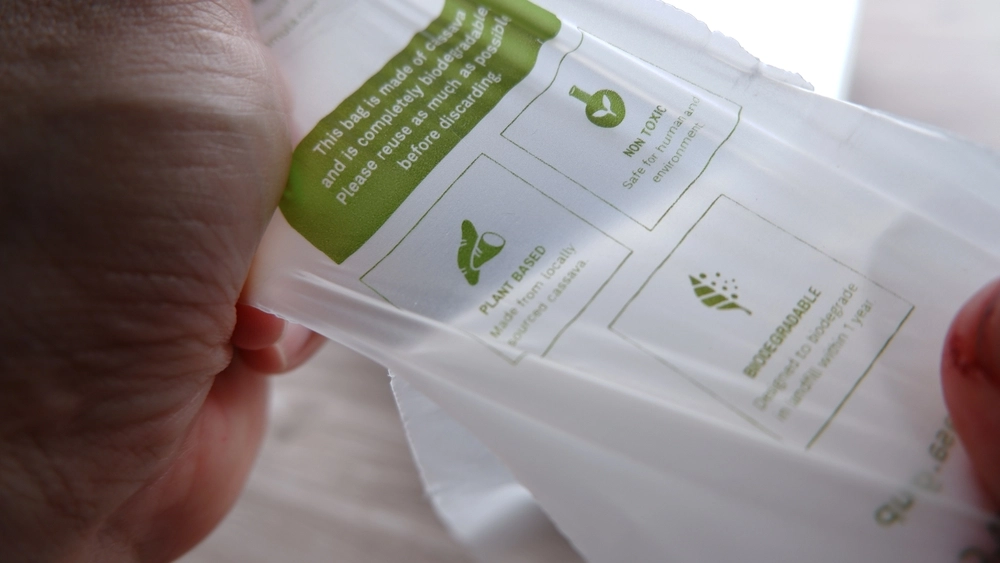The Latest Biodegradable Packaging Industry Trends (2024 and Beyond)
Sustainability is a critical component of corporate strategy and product packaging. As environmental concerns grow, companies across various industries are under increasing pressure to adopt sustainable practices.
This shift is particularly evident in product packaging. Traditional plastic packaging, with its detrimental impact on the environment, is rapidly being replaced by more eco-friendly alternatives. Biodegradable packaging stands out as a promising solution for consumer products, offering the dual benefits of functionality and environmental responsibility.
Technological advancements are also crucial to the rise of biodegradable packaging. Innovations in materials science have led to the development of new, more efficient biodegradable materials that perform as well as, if not better than, traditional plastics. These advancements are making it easier for businesses to transition to sustainable packaging solutions without compromising on quality or functionality.
For brands looking to stay ahead of the curve, understanding the latest packaging trends is essential. This article explores the key trends shaping the biodegradable packaging industry in 2024 and beyond, providing insights into innovative materials, technological advancements, and design considerations.
Jump to a Section
- The Rising Demand for Biodegradable Packaging
- Innovative Biodegradable Packaging Materials
- Advancements in Biodegradable Packaging Technology
- Considerations for Biodegradable Packaging Design
The Rising Demand for Biodegradable Packaging
The demand for biodegradable packaging has been on a steady rise, driven by a combination of environmental, regulatory, and consumer factors. As companies increasingly recognize the relevance of sustainability, the push for eco-friendly packaging solutions has gained significant momentum.
Environmental Concerns and Regulatory Pressure
One of the primary drivers of this demand is the growing concern over environmental pollution, particularly from plastic waste. Traditional plastic packaging contributes significantly to landfill waste and ocean pollution, harming wildlife and ecosystems.
In response, many countries and regions have implemented stringent regulations aimed to reduce plastic waste and promoting the use of biodegradable alternatives. For instance, the EU’s Single-Use Plastics Directive, which came into effect in 2021, has accelerated the shift towards biodegradable packaging by banning certain single-use plastic products and encouraging the adoption of sustainable materials.
Increasing Consumer Awareness and Preferences
Consumer awareness about environmental issues has also been a significant factor in the rise of biodegradable packaging. Today’s consumers are more aware and concerned about the environmental impact of their purchases.
A 2023 survey by McKinsey & Company found that 50% of U.S. consumers are willing to pay more for products with sustainable packaging. This shift in consumer preferences has pressured companies to adopt biodegradable packaging solutions to meet the demand for eco-friendly products and enhance their brand image.
Corporate Sustainability Goals
Corporations are increasingly integrating sustainability into their core business strategies. Many brands have set ambitious goals to reduce environmental footprint, including adopting biodegradable packaging.
Multinational corporations like Unilever and Nestlé have committed to making all their packaging recyclable, compostable, or biodegradable by 2025. These commitments are driven by regulatory compliance, consumer demand, and the recognition that sustainable practices can lead to long-term cost savings and better operational efficiency.
Economic and Market Dynamics
The market dynamics surrounding biodegradable packaging are also evolving. Advances in biodegradable packaging technology have made it more cost-competitive with traditional plastic packaging. Additionally, economies of scale achieved through increased production and the growing availability of raw materials have further reduced costs.
Currently, the global biodegradable packaging market is expected to reach $140.6 billion by 2029, growing at a 5.97% compound annual growth rate (CAGR) from 2024 to 2029. This growth underscores the expanding market opportunities for businesses that invest in biodegradable packaging solutions.
4 Innovative Biodegradable Packaging Materials
As the biodegradable packaging industry evolves, new and innovative materials are continuously being developed, pushing the boundaries of sustainability. Here are some of the latest advancements in biodegradable packaging materials.
1. Nano-cellulose
Nano-cellulose is derived from plant fibers and offers excellent strength, lightweight properties, and biodegradability. Its high surface area and unique mechanical properties make it suitable for creating strong, flexible, and transparent films for product packaging.
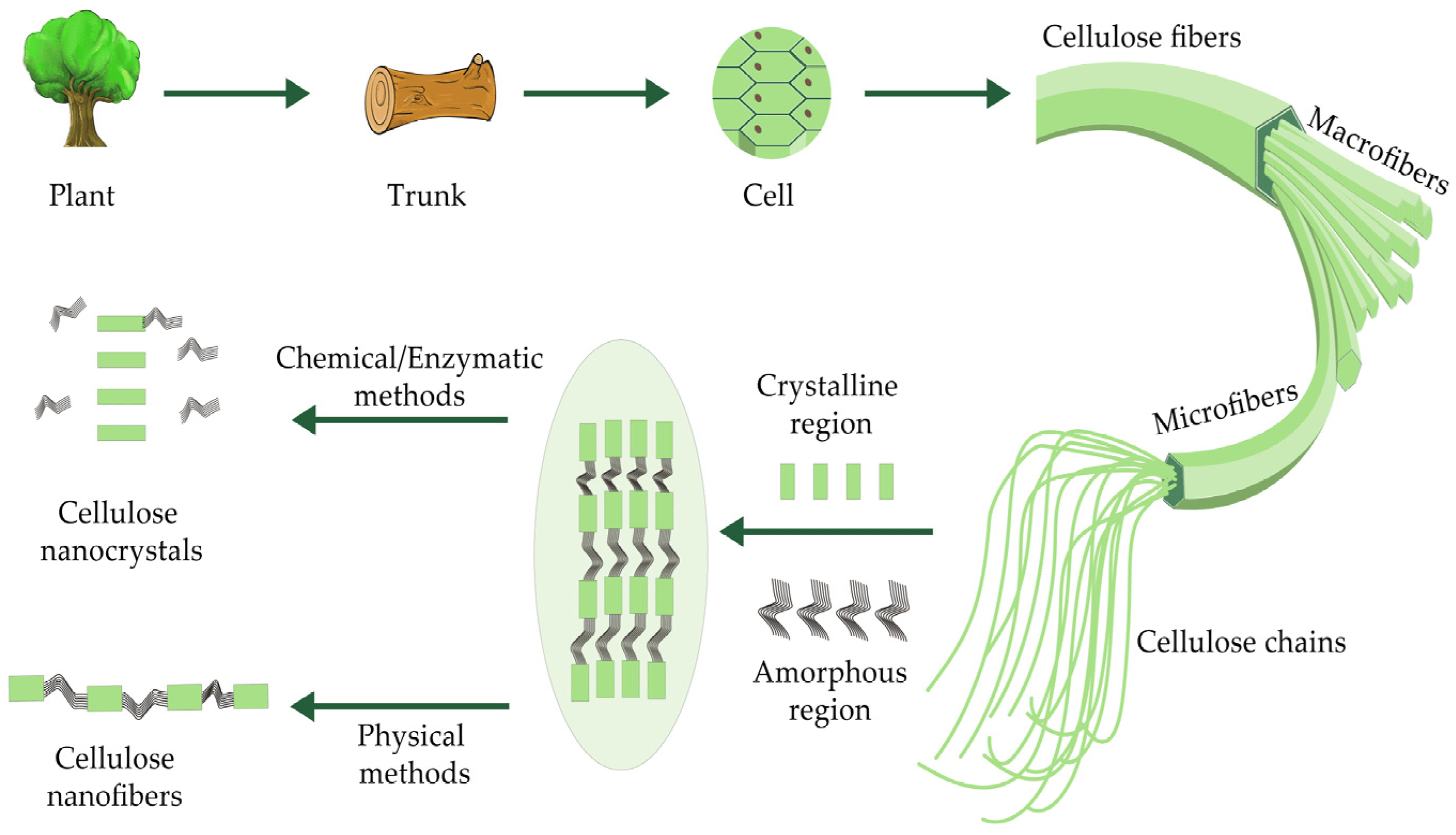
Nano-cellulose is being explored for use in biodegradable packaging to replace traditional plastics, particularly for food packaging and biodegradable stickers. Its barrier properties can be enhanced to protect against moisture and gasses, extending the shelf life of packaged goods.
2. Plant proteins
Plant proteins are being developed into biodegradable films and coatings. These materials are not only biodegradable but also edible and biocompatible, making them suitable for food packaging and medical applications. These protein films can be engineered to have various properties, such as flexibility, strength, and water resistance, making them versatile for different packaging needs.
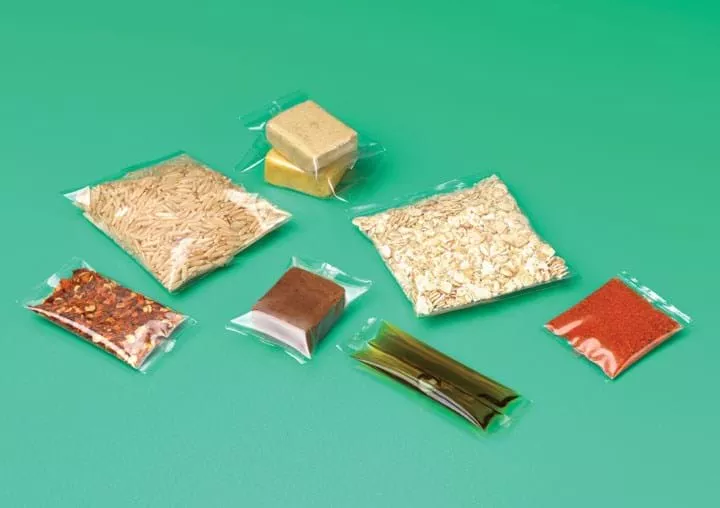
Researchers at Xampla have developed biodegradable plastic feedstocks from plant-based proteins such as pea and soy proteins. By improving the solubility of these proteins using a mixture of acetic acid, water, ultrasonication, and heat, they form new intermolecular beta-sheet structures.
Adding glycerol as a plasticizer results in a water-insoluble film similar to low-density polyethylene. These materials, which mimic the strength and flexibility of conventional plastics, completely biodegrade in soil within 28 days and are suitable for flexible films, coatings, and microcapsules.
3. PHA (Polyhydroxyalkanoates)
Polyhydroxyalkanoates (PHA) are a class of biopolymers produced by bacterial fermentation of sugars and lipids. PHAs are fully biodegradable and can decompose in marine environments, making them ideal for applications where traditional plastics pose a significant pollution risk.
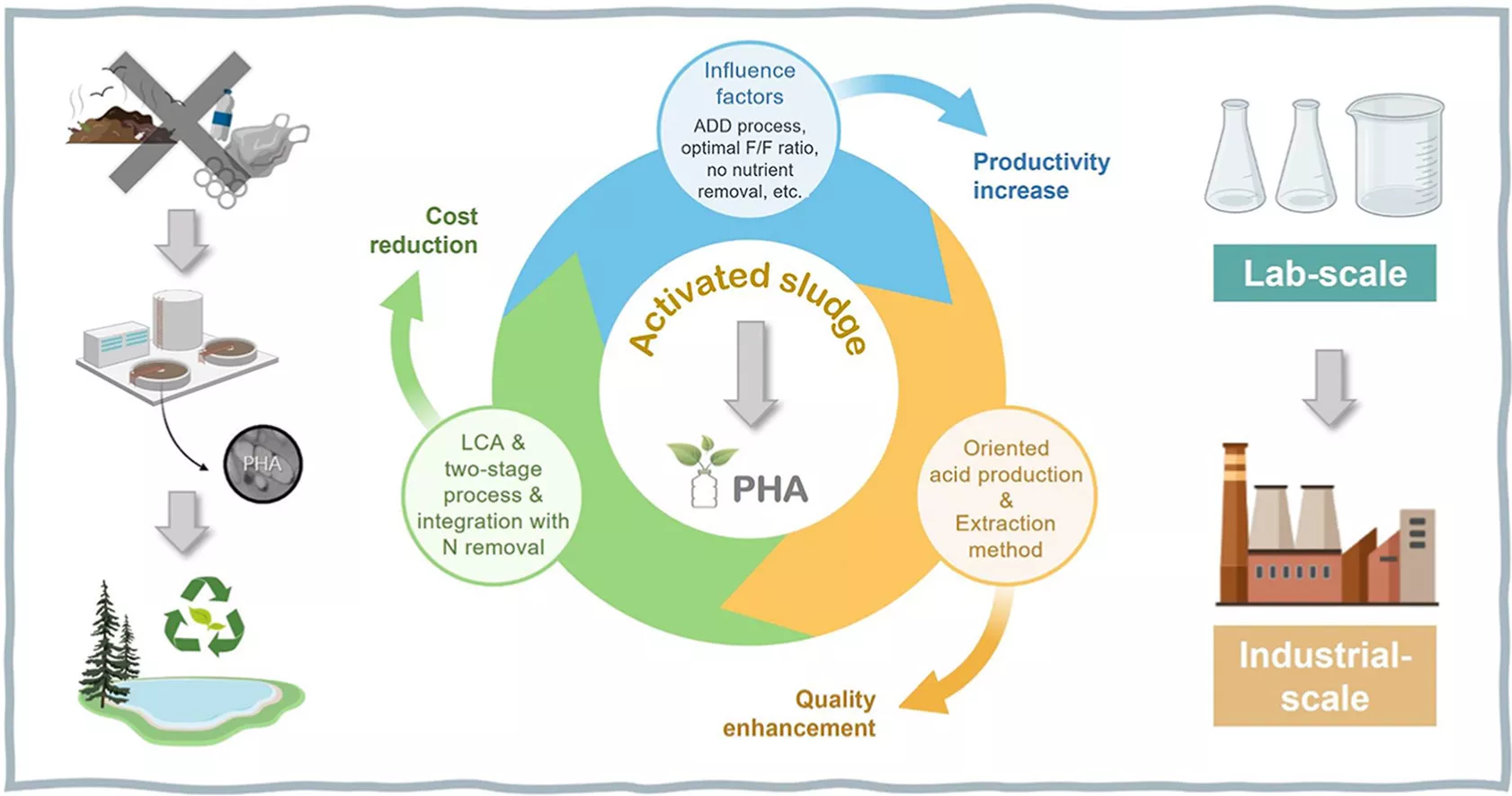
Recent advancements in PHA production have reduced costs and improved scalability, making it a more viable option for widespread use in biodegradable packaging. PHAs are increasingly being used for items such as biodegradable food packaging, biodegradable shipping bags, and agricultural films.
4. Algae-Based Plastics
Algae-based plastics are emerging as a sustainable alternative to traditional plastics. Derived from algae biomass, these are biodegradable materials and have a lower carbon footprint than petroleum-based plastics. Algae-based plastics are particularly suitable for packaging applications where flexibility and durability are required. Research and development in this area are ongoing, with companies exploring various formulations to optimize performance and cost-effectiveness.

6 Advancements in Biodegradable Packaging Technology
The biodegradable packaging industry is witnessing significant technological advancements, driving the development of more efficient, cost-effective, and sustainable solutions. These innovations are enhancing the functionality, appeal, and overall viability of biodegradable packaging. Here are some of the key technological advancements shaping the industry in 2024 and beyond.
1. Improved manufacturing processes
One of the major advancements in biodegradable packaging technology is the improvement in manufacturing processes. Injection molding, extrusion, and blow molding techniques have been optimized for biodegradable materials, allowing for more precise and efficient production.
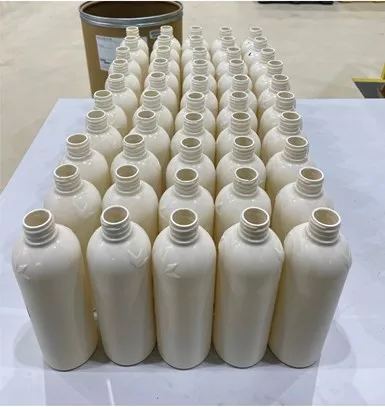
These processes enable the creation of complex shapes and designs, making biodegradable packaging more versatile and suitable for various applications. Additionally, advancements in additive manufacturing (3D printing) are allowing for the customization and rapid prototyping of biodegradable packaging, reducing waste and production time.
2. Enhanced barrier properties
A significant challenge for biodegradable packaging has been matching the barrier properties of traditional plastics, which protect products from moisture, oxygen, and contaminants. Recent technological advancements have led to the development of biodegradable materials with improved barrier properties.
For example, nanocomposites and multi-layered biopolymer films are being engineered to enhance the protection and shelf life of packaged goods. These materials are particularly beneficial for biodegradable food packaging, where maintaining product freshness is crucial.
3. Active and intelligent packaging
Active and intelligent packaging technologies are being integrated into biodegradable packaging solutions to enhance their functionality. Active packaging involves incorporating substances that interact with the contained product to extend its shelf life or improve its quality. Biodegradable packaging can include oxygen scavengers, moisture absorbers, or antimicrobial agents. Intelligent packaging, on the other hand, involves the use of sensors and indicators that provide real-time information about the condition of the product.
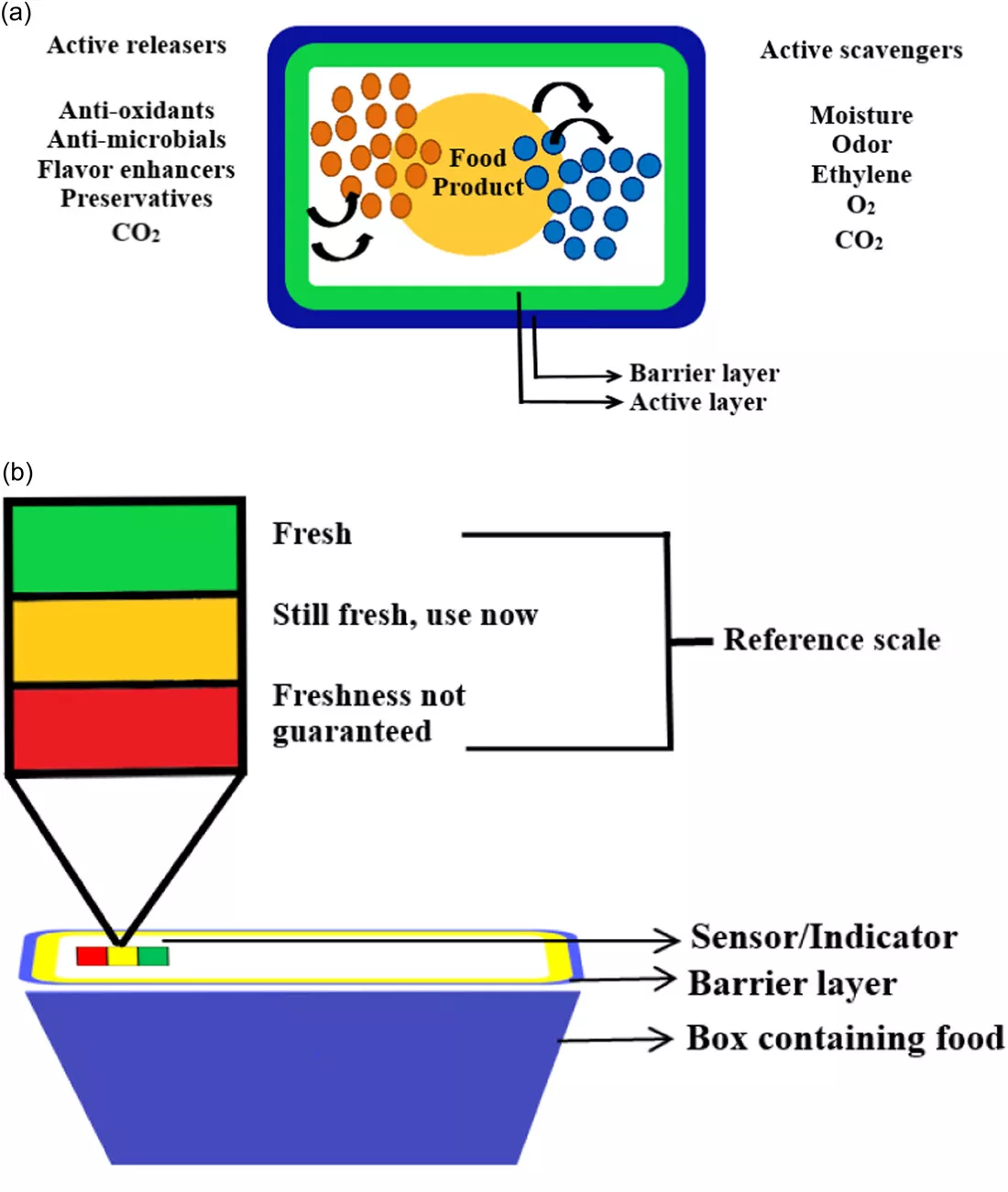
These technologies can monitor temperature, humidity, and freshness, offering valuable data to consumers and businesses. A common application is beverage packaging for products such as orange juice. A biodegradable conductive film developed using polylactic acid and modified with polyaniline, zinc oxide, and copper oxide, can increase its chemical stability and estimate its shelf life.
4. Biodegradable inks
Biodegradable inks are essential for printing and finishing biodegradable packaging. Recent advancements have led to the development of eco-friendly inks made from natural pigments and water-based formulations. These inks are free from chemicals and harmful solvents, making them safe for the environment and human health.
Similarly, biodegradable coatings are being developed to provide packaging materials with water resistance, gloss, and durability. These innovations enhance the aesthetic appeal and functionality of biodegradable packaging.
5. Edible coatings and films
Edible coatings and films represent a promising advancement in biodegradable packaging technology. These coatings are made from natural, food-grade ingredients and can be applied directly to food products to protect them from spoilage and contamination.
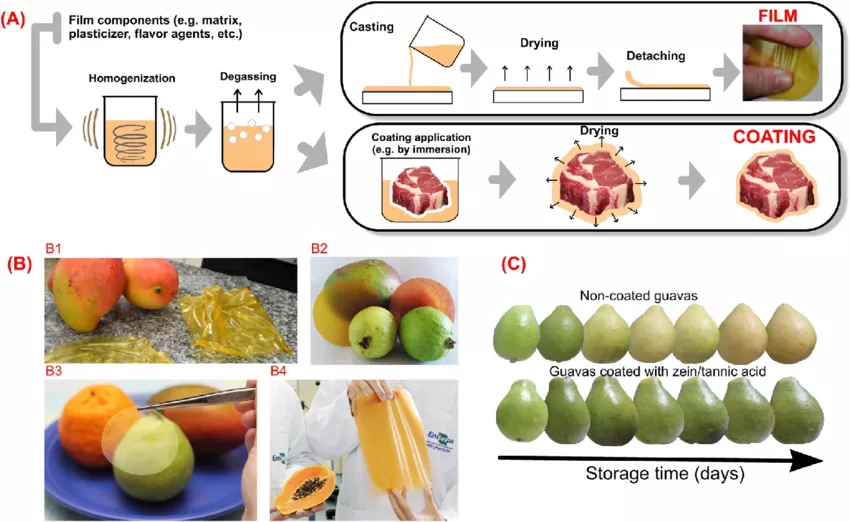
Edible coatings are particularly useful for fruits, vegetables, and other perishable items. Technological advancements have improved the formulation and application of these coatings, making them more effective and commercially viable. This innovation not only reduces packaging waste but also enhances food safety and quality.
6. Biodegradable adhesives
Adhesives play a critical role in packaging, and traditional adhesives often contain synthetic chemicals that are not environmentally friendly.
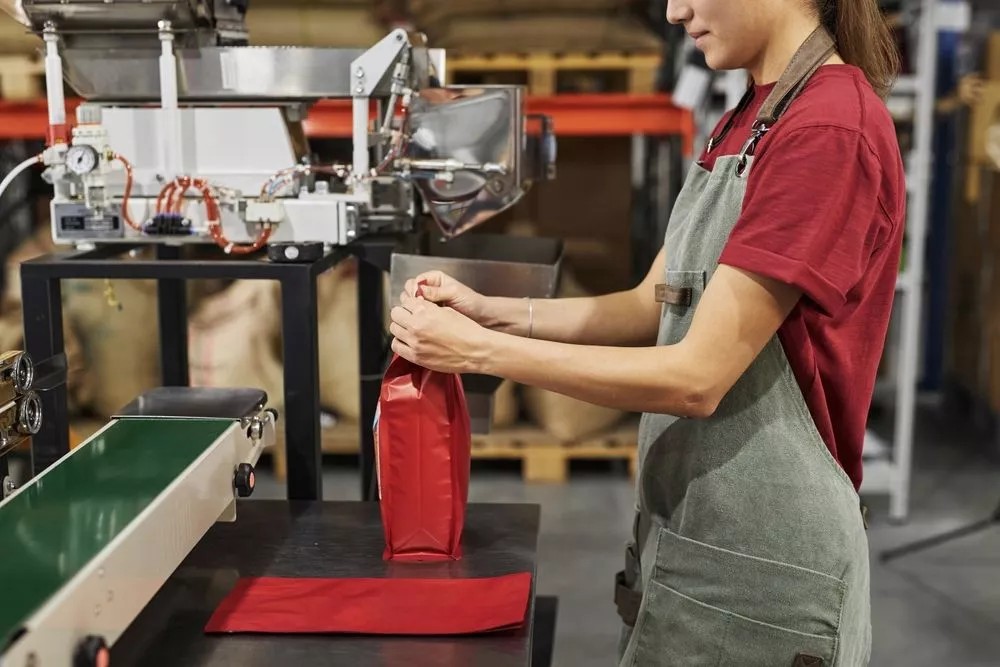
Biodegradable adhesives, made from natural polymers and bio-based materials, offer a sustainable alternative. Advances in adhesive technology have improved their bonding strength and versatility, making them ideal for a wide range of packaging needs and applications. Common examples include adhesives used for laminating paper and cardboard, gluing product labels, biodegradable stickers and seals, or lining packaging such as beverage cans.
Considerations for Biodegradable Packaging Design
Design plays a significant role in the success of biodegradable packaging. The right product packaging design can enhance functionality, improve consumer appeal, and ensure sustainability. As businesses look to adopt biodegradable packaging solutions, various design considerations must be taken into account to maximize both environmental benefits and market success.
1. Functional design
The product packaging’s primary purpose is to protect and preserve the product. Therefore, the design of biodegradable packaging must prioritize functionality. This includes ensuring that the packaging is strong enough to protect the contents during handling and shipping, providing adequate barriers against moisture and oxygen for food products, and being easy to open and reseal if necessary.
Designers must consider the product’s specific requirements and choose materials and structures that meet these needs while remaining biodegradable.
2. Minimalist and lightweight
Sustainability in packaging design often means using the least amount of material necessary to achieve the desired protection and functionality. Minimalist and lightweight designs reduce the amount of raw materials used, lower production costs, and decrease transportation emissions.
This approach aligns with eco-design principles, which focus on reducing products’ environmental impact throughout their lifecycle. For instance, using thinner but still strong biodegradable films can reduce material usage without compromising performance.
3. Aesthetic appeal
The visual and tactile qualities of packaging heavily influence consumer preferences. Biodegradable packaging must be designed to attract consumers while conveying a message of sustainability. This includes choosing materials that feel good to the touch and look appealing on the shelf.
Natural textures and colors can enhance the product’s eco-friendly perception. Designers can also use eco-friendly inks and printing techniques to create eye-catching graphics and branding that highlight the product’s green credentials.
4. Branding and communication
Effective packaging design also involves clear communication of the product’s sustainability benefits. This can be achieved through product labels, logos, and messaging that inform consumers about the biodegradable nature of the packaging.
Certifications and eco-labels, such as the compostable logo from the Biodegradable Products Institute (BPI), can assure consumers about the packaging’s environmental benefits. Including information on proper disposal methods, such as composting or recycling, can also guide consumers in making environmentally responsible choices.
5. Customization and versatility
Biodegradable packaging needs to be versatile enough to accommodate a wide range of products. Customizable designs that can be tailored to different shapes, sizes, and applications offer greater flexibility for businesses.
From biodegradable shipping bags to food containers and cosmetics packaging, the ability to customize packaging helps brands differentiate their products and cater to specific market segments while maintaining sustainability.
6. Lifecycle and end-of-life considerations
Designing for the entire lifecycle of the packaging, including its end-of-life, is crucial for ensuring sustainability. Biodegradable packaging should be designed to degrade safely and efficiently at the end of its useful life, whether through composting, biodegradation, or recycling.
Understanding the conditions under which the packaging will degrade (e.g., industrial composting facilities vs. home composting) is essential for selecting the right materials and design features. Designers should also consider the potential for reusability or repurposing to extend the packaging’s lifecycle.
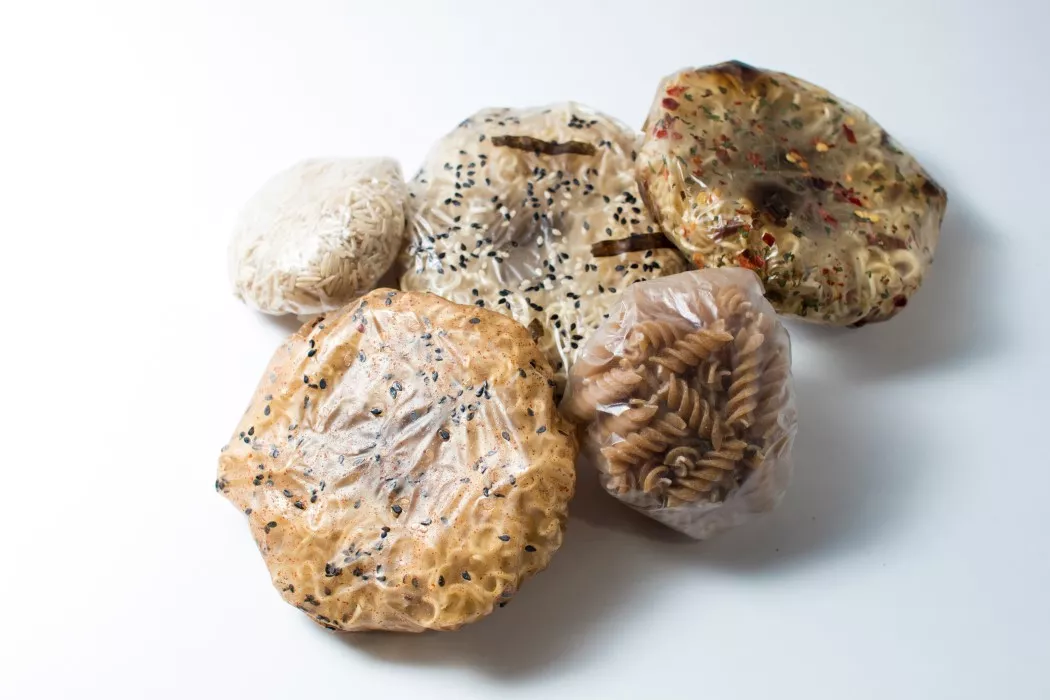
7. Innovations in packaging design
Recent innovations in biodegradable packaging design are pushing the boundaries of what is possible. For example, the use of modular designs allows for easy assembly and disassembly, making recycling and composting more straightforward.
Smart packaging designs incorporate sensors and indicators that provide real-time information about the product’s condition, enhancing user experience and product safety. Additionally, innovative closures, such as compostable zippers and seals, are being developed to improve the functionality and convenience of biodegradable packaging.
Drive the Path Forward With Sustainable Packaging
The demand for sustainable packaging continues to grow as the world becomes more conscious of its environmental footprint. Businesses are responding by integrating sustainable packaging into their operations, recognizing that eco-friendly practices can enhance brand reputation and meet the expectations of increasingly environmentally aware stakeholders.
The biodegradable packaging industry is at the forefront of this movement, offering innovative materials and technologies that promise to reduce the impact of packaging waste on our planet. Brands that adopt such innovations can lead the way in sustainability and make a significant contribution to environmental conservation.
For businesses ready to take the next step in sustainable packaging, explore the innovative custom packaging solutions at Meyers, tailored to your needs. By partnering with an experienced sustainable packaging manufacturer, you can ensure that your packaging is not only eco-friendly but also resonates with your consumers. Talk to the Meyers team of experts and start making a positive impact on your business and the environment.

